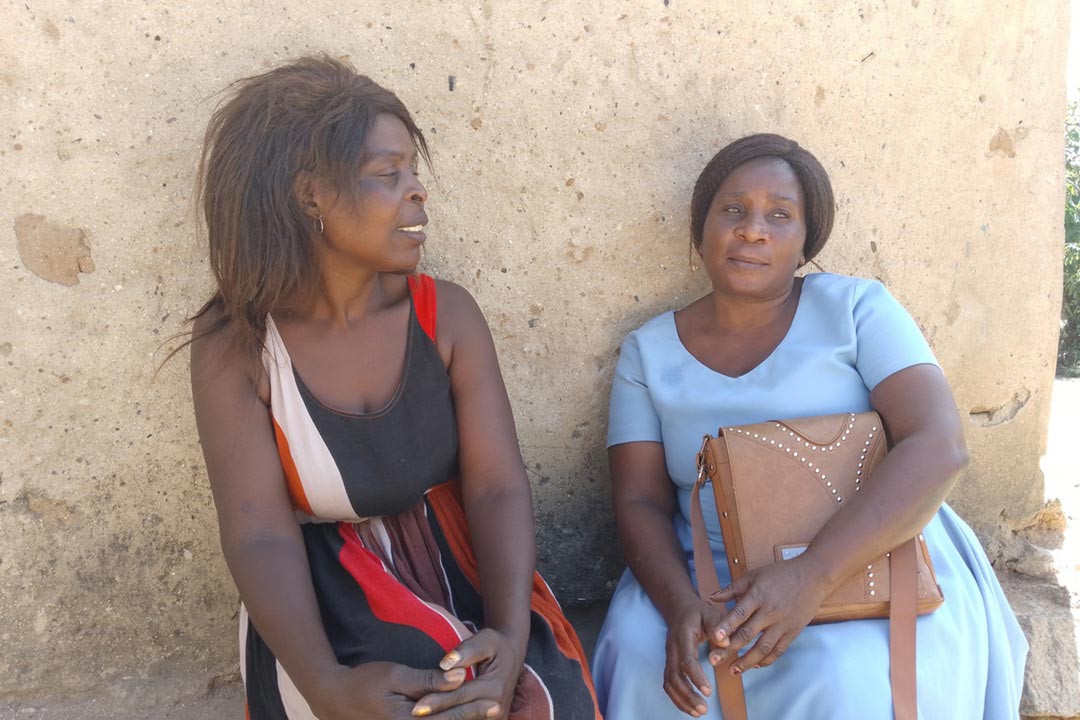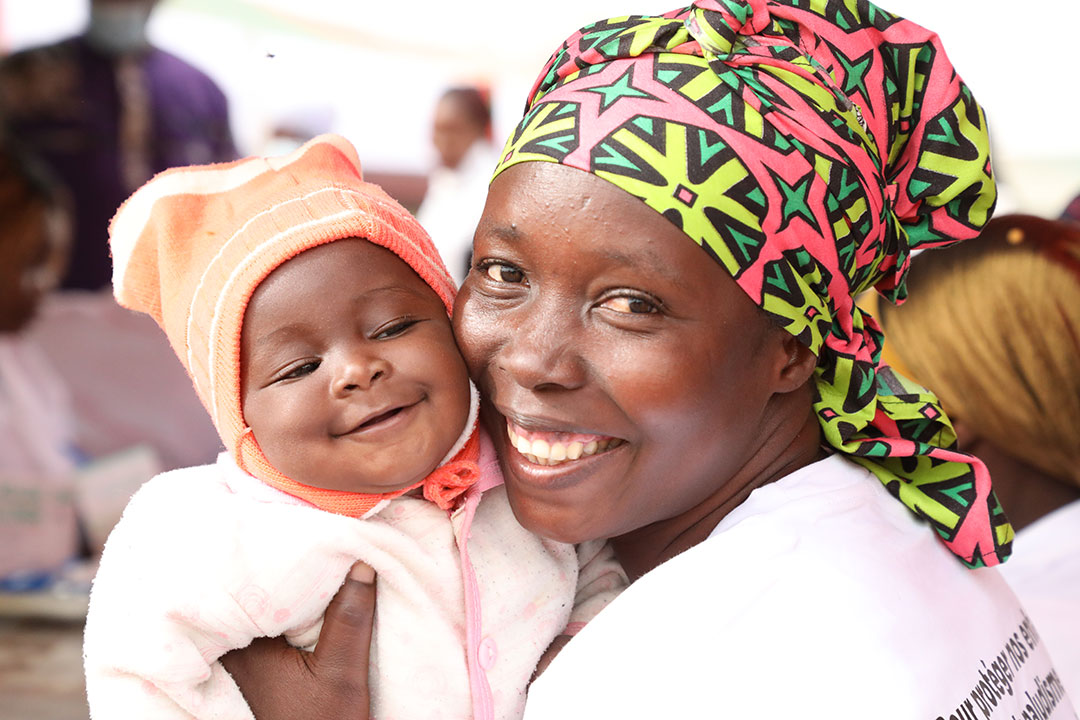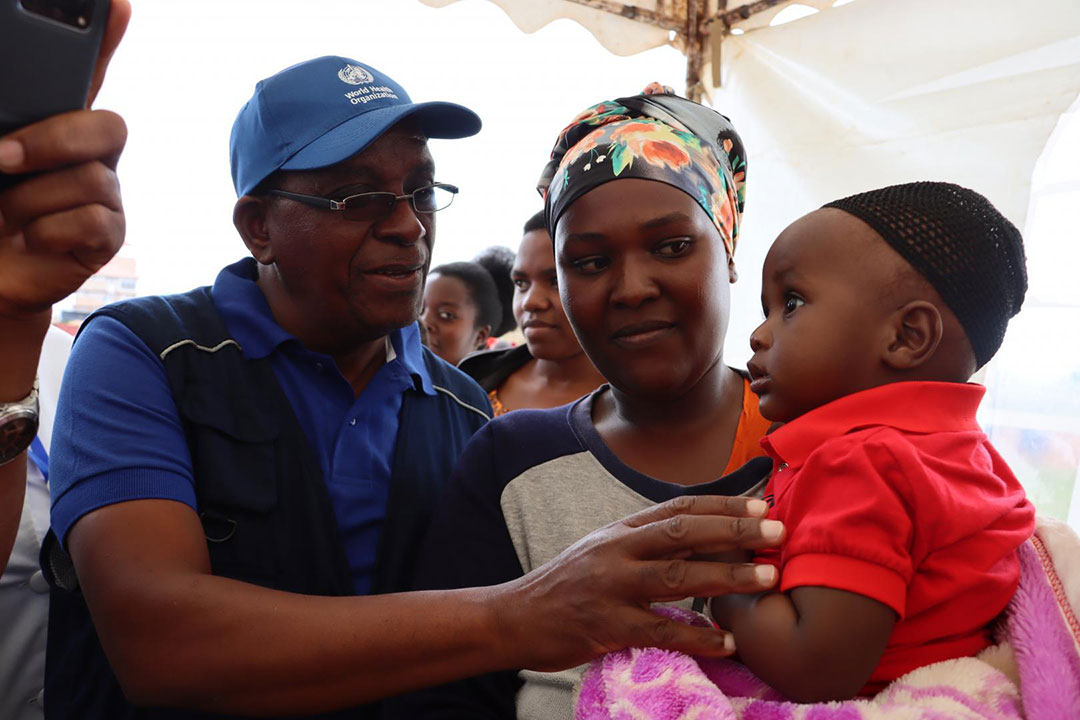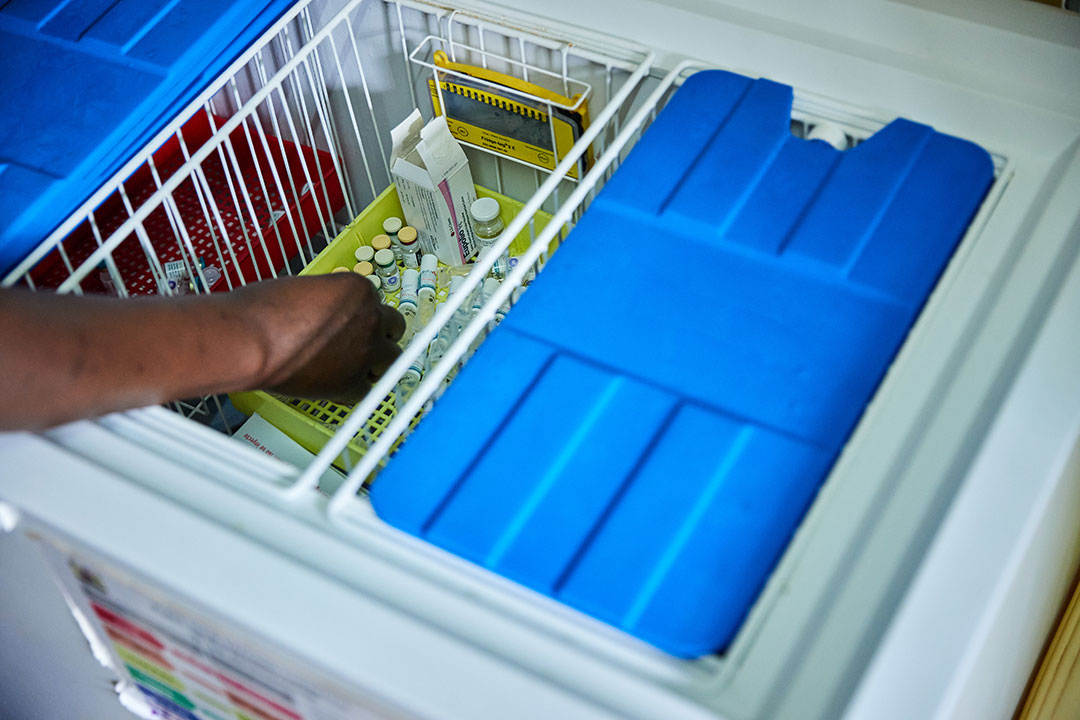Exclusive: Survey shows over a third of the public think a COVID-19 vaccine will be available by the end of the year: are they right?
Data from global Ipsos survey shows 37% of those polled worldwide think it is likely a vaccine will be available by the end of the year. But is this optimism misplaced?
- 21 August 2020
- 5 min read
- by Gavi Staff

Unprecedented is a word that has seen its time come during the COVID-19 pandemic. This is an unprecedented crisis with unprecedented challenges causing an unprecedented economic shock which will require unprecedented solutions. And it is the best way to describe the sheer scale of the scientific effort going into the hunt for a COVID-19 vaccine.
Thousands of researchers worldwide have risen to the challenge of finding a vaccine that can help end the pandemic.
The WHO currently lists over 150 candidate vaccines being developed by institutions on every continent, and this is likely to be an underestimate. The sheer number of candidates dramatically improves our chances of finding at least one that is safe, effective and able to be manufactured at the numbers we’ll need to protect the world. The question now is when.
Public optimism
A global survey by polling company Ipsos shows that globally, and particularly in middle income countries, that there is considerable optimism that a vaccine will be available by the end of this year. 37% of those polled worldwide think it is very or somewhat likely a vaccine will be available by the end of the year, with 33% stating it is somewhat or very unlikely.
There are huge geographical disparities – India and China have the most confidence, with 71% and 59% of those polled stating it’s likely to be available by the end of the year, while Japan, France and Germany all polled around the 20% mark. Higher-income countries, including the US and the UK, in general tend towards the pessimistic side.
So, who’s right?
Vaccines usually take at least ten years from the initial development stages to get to the point at which they can be made available to the public. In between these two stages are lengthy clinical trials to test the safety and effectiveness of the vaccine, the regulatory process and the scale-up of manufacturing necessary to produce the millions of doses needed to make a vaccine available to the general population. Each of these steps can take years.
With COVID-19 things will be different.
Clinical trials are being sped up using new technology and techniques to ensure they can be done faster than ever before while still maintaining the same rigorous safety and efficacy standards. Six vaccines are already in the final phase – Phase III – of trials, with results for the first candidates due in the next month or two. This will be the point at which we know if these initial vaccines are effective. This is a big if: only between 15% and 20% of vaccines on average make it through the clinical trial process.
Regulators are then preparing to fast-track their review process, which confirms that a vaccine is safe and effective and signals to governments that this is a vaccine that can be safely rolled out to their populations. The US Federal Drug Agency (FDA) and European Medicines Agency (EMA) are seen as the gold standard – all eyes will be on their decisions. The WHO can then make the decision to ‘prequalify’ the vaccine, which means UN organisations and other global bodies, such as Gavi, can begin to include the vaccine in their programmes.
Read more: About Gavi
Readiness vs availability
If the most advanced vaccines clear both these hurdles they could be ready as early as the end of this year. If these first vaccines don’t make it through the clinical trial process, we could be waiting much longer.
Even if they do, however, there is a big difference between ‘ready’ and ‘available’. Between these two stages lies one of the toughest steps in the process – manufacturing enough doses to ensure they’re available to everybody. While vaccines could be approved and ready to go by the end of this year, it will take a herculean manufacturing effort to produce the billions of doses needed to meet global demand. Without this we could see the few doses available monopolised by just a few wealthier countries, making the rest of the world wait for access, allowing the pandemic to continue.
Risky business
This is why, as part of the COVAX pillar of the ACT Accelerator, manufacturers and organisations like CEPI are investing now in what’s called at-risk manufacturing. This means getting manufacturing facilities ready now to manufacture vaccine candidates that are still unproven, taking a risk that the factories they set up may not be used if the candidates turn out to be ineffective. It is only by doing this that we can ensure vaccines are ready to go, at the volume needed to ensure every country has access, as soon as possible after they get regulatory approval.
Of course, in addition to manufacturing there also needs to be a global mechanism to ensure doses are shared out among nations and extra doses aren’t just taken by the wealthiest.
Along with CEPI and WHO, Gavi is leading this effort through the COVAX Pillar which aims to raise enough money to ensure sufficient funding for R&D, begin manufacturing at scale and buy enough doses to ensure that all countries, not just the rich ones, are able to gain fair and equitable access to eventual vaccines as soon as they are licensed.
Read more: COVAX
Realistically it’s unlikely a vaccine will be available globally this year: a key aim of COVAX is to get 2 billion doses to the most vulnerable populations worldwide by the end of 2021. For us to stand a chance of shortening this timeline will take collaboration and investment, however with COVID-19 reportedly costing the global economy US$ 375 billion every month, it will be a small price to pay to bring us closer to ending this unprecedented pandemic.
The Ipsos Global Monitor surveyed 15,840 people in 16 countries. Fieldwork was carried out June 25 to June 28 2020.









